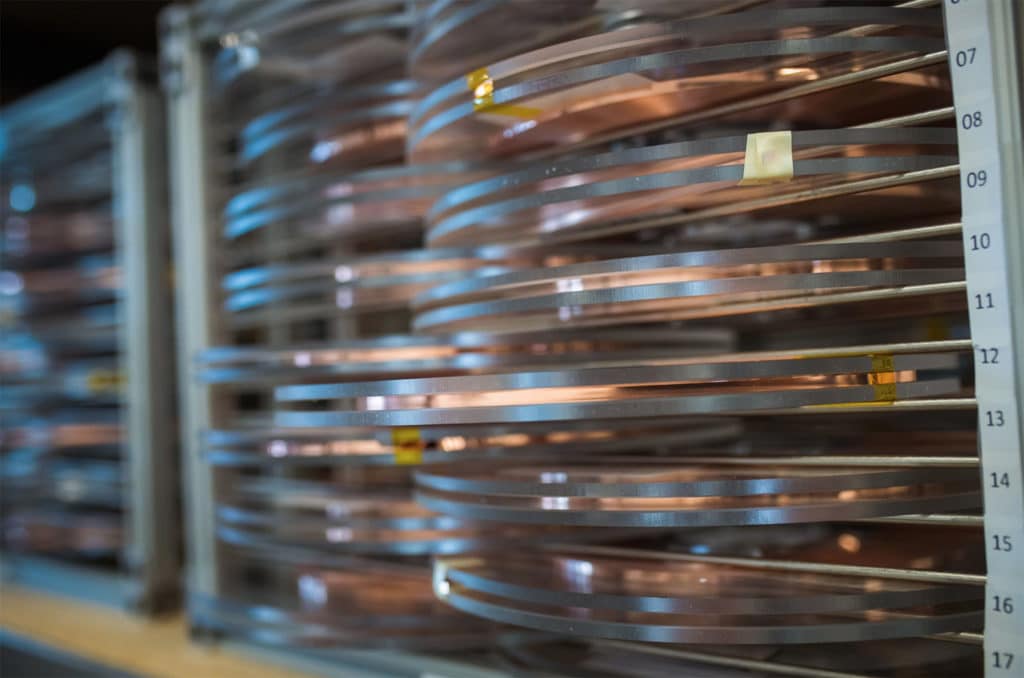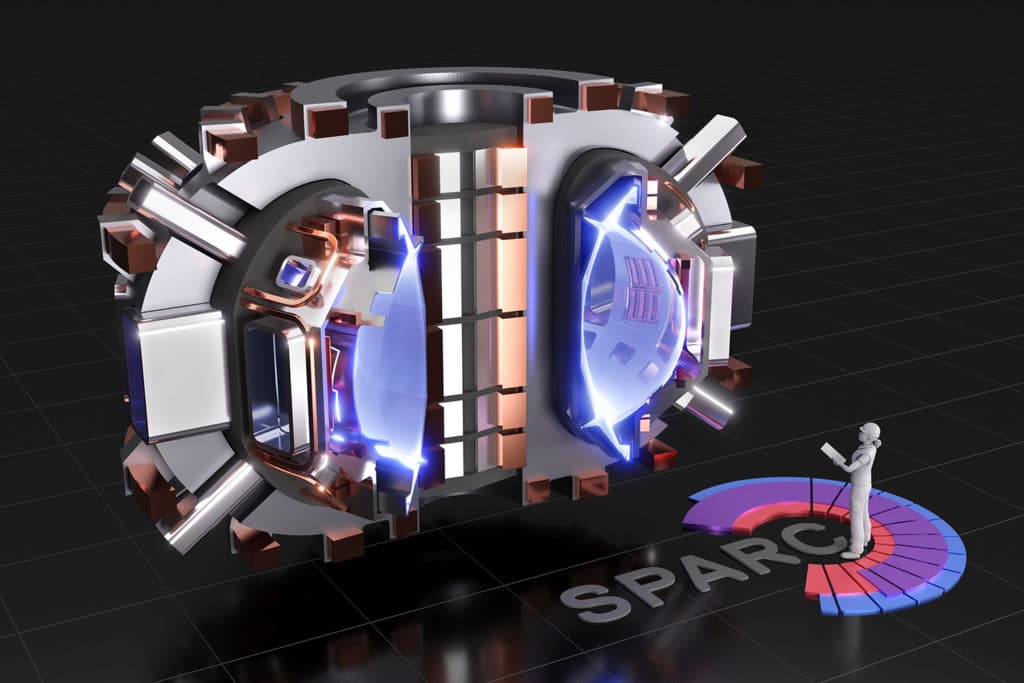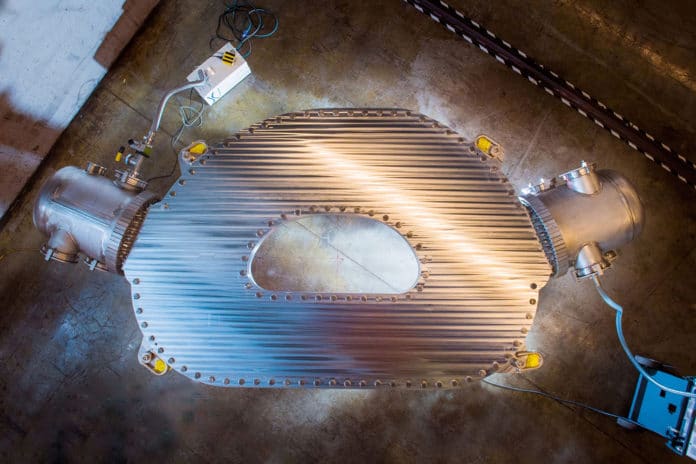The future of clean energy seems to be just around the corner. After three years of intensive research and design work, a team led by MIT scientists ramped up a large high-temperature superconducting electromagnet until it generated a record-breaking magnetic field with a strength of 20 tesla – the most powerful magnetic field of its kind ever created on Earth.
The MIT scientists are working with Bill Gates-backed Commonwealth Fusion Systems (CFS) to develop the world’s strongest fusion magnet that was tested at the MIT Plasma Science and Fusion Center in Cambridge, Massachusetts. During the test, it produced a strong magnetic field required for the fusion process while consuming just 30 watts of power.
The successful demonstration – carried out on September 5 for the first time – helps resolve the greatest uncertainty in the quest to build the world’s first fusion power plant that can produce more power than it consumes.
The breakthrough paves the way, they say, for the long-sought creation of practical, inexpensive, and carbon-free power plants that could make a major contribution to limiting the effects of global climate change.

Fusion in modern reactors requires the creation of a very powerful fusion magnetic field to confine the plasma. In this case, the higher the field strength in the chamber, the more stable the plasma will be, and, consequently, it will be possible to maintain the fusion of nuclei for a longer time. The new powerful magnet, created at the MIT, boasts a record magnetic field that could open the door to controlled fusion.
With the magnet technology now successfully demonstrated, the MIT-CFS collaboration is on track to build the world’s first fusion machine device that can create and confine a plasma that produces more energy than it consumes. The demonstration device, called SPARC, is scheduled to be completed in 2025, according to a statement from MIT. The major innovation in the MIT-CFS fusion design is the use of high-temperature superconductors, which enable a much stronger magnetic field in a smaller space.
This design was made possible by a new kind of superconducting material that became commercially available a few years ago. The idea initially arose as a class project on nuclear engineering. The idea seemed so promising that it continued to be developed over the next few interactions of that class, leading to the development of the ARC power plant concept in early 2015. SPARC, designed about half the size of the compact ARC reactor, is a proof-of-concept testbed prior to building a full-size power plant.

Until now, the only way to achieve the colossally powerful magnetic fields required to sustain fusion has been to increase the size of the magnets. But the new flat ribbon high-temperature superconducting material achieves a higher magnetic field in a smaller size, equaling the performance that would be achieved in an apparatus 40 times larger in volume using conventional low-temperature superconducting magnets.
The use of the new high-temperature superconducting magnets makes it possible to apply decades of experimental knowledge gained from the operation of tokamak experiments, including MIT’s own Alcator series. The new approach uses a well-known design but reduces everything to about half the linear size and still achieves the same operational conditions because of the higher magnetic field.
In this latest test, the new fusion magnet was gradually turned on in a series of steps until it reached the target of a 20-tesla magnetic field, the highest field strength ever obtained for a high-temperature superconducting fusing magnet. The magnet is made up of 16 plates stacked together, each of which by itself would be the most powerful high-temperature superconducting magnet in the world.
“I now am genuinely optimistic that SPARC can achieve net positive energy, based on the demonstrated performance of the magnets,” says Maria Zuber, MIT’s vice president for research. “The next step is to scale up, to build an actual power plant. There are still many challenges ahead, not the least of which is developing a design that allows for reliable, sustained operation. And realizing that the goal here is commercialization, another major challenge will be economical. How do you design these power plants so it will be cost-effective to build and deploy them?“
